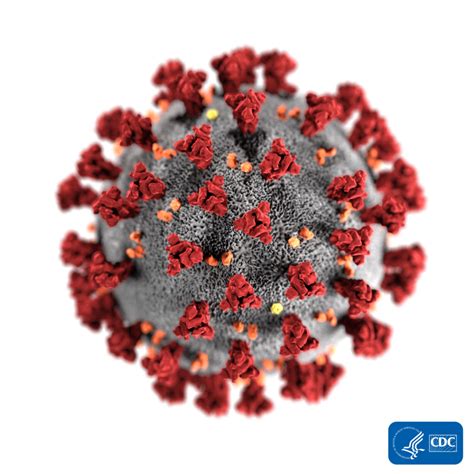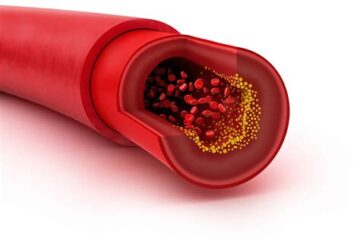
בפוסט זה – תוצאות פוסט-אקוטיות של נגיף הקורונה לאחר שנתיים @ יואל קסלר .קום- אנו מציגים נתונים שפורסמו לאחרונה המוכיחים כי קיים סיכון מתמשך לתחלואה במערכות איברים מרובות שנתיים לאחר ההדבקה בקורונה. בעוד שהתחלואה הגדולה ביותר נראתה בחולים עם זיהום חמור יותר שדרש אשפוז, היה סיכון מוגבר בקבוצה שאינה מאושפזת בהשוואה לאנשים שלא היו להם היסטוריה של זיהום.
In this post – Postacute sequelae of COVID-19 at 2 years @ יואל קסלר – we present data recently published in Nature Medicine that demonstrates that there exists an ongoing risk of morbidity in multiple organ systems 2 years after infection with SARS-CoV-2. While the greatest morbidity was seen in patients with more severe infection that required hospitalization, there was increased risk seen in the non-hospitalized group as compared with people who had no history of infection. The full abstract is reprinted below. The full article can be found here.
Postacute sequelae of COVID-19 at 2 years
Nature Medicine (2023)
Abstract
Severe acute respiratory syndrome coronavirus 2 (SARS-CoV-2) infection can lead to postacute sequelae in multiple organ systems, but evidence is mostly limited to the first year postinfection. We built a cohort of 138,818 individuals with SARS-CoV-2 infection and 5,985,227 noninfected control group from the US Department of Veterans Affairs and followed them for 2 years to estimate the risks of death and 80 prespecified postacute sequelae of COVID-19 (PASC) according to care setting during the acute phase of infection. The increased risk of death was not significant beyond 6 months after infection among nonhospitalized but remained significantly elevated through the 2 years in hospitalized individuals. Within the 80 prespecified sequelae, 69% and 35% of them became not significant at 2 years after infection among nonhospitalized and hospitalized individuals, respectively. Cumulatively at 2 years, PASC contributed 80.4 (95% confidence interval (CI): 71.6–89.6) and 642.8 (95% CI: 596.9–689.3) disability-adjusted life years (DALYs) per 1,000 persons among nonhospitalized and hospitalized individuals; 25.3% (18.9–31.0%) and 21.3% (18.2–24.5%) of the cumulative 2-year DALYs in nonhospitalized and hospitalized were from the second year. In sum, while risks of many sequelae declined 2 years after infection, the substantial cumulative burden of health loss due to PASC calls for attention to the care needs of people with long-term health effects due to SARS-CoV-2 infection.
For more interesting posts like this check out our blog.


